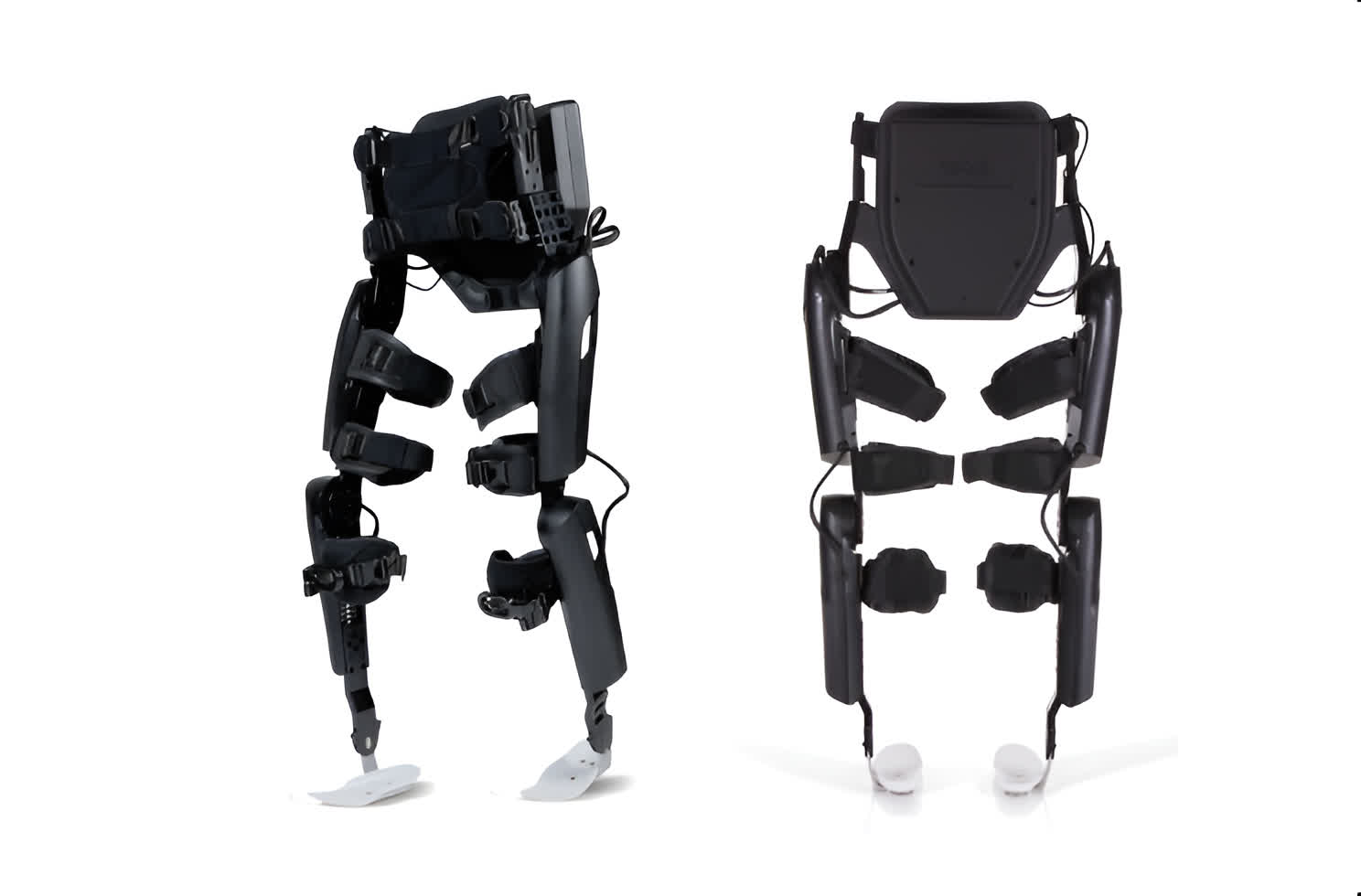Posts: 509 +12
WTF?! Having some gadget crap out after the warranty expires is just an annoyance for most of us. But in the case of Doug Straight, who was paralyzed from the waist down after a horse racing accident, the device in question was essential to his quality of life. After the former jockey's $100,000 ReWalk exoskeleton stopped working due to a tiny component failure, he could no longer walk because the company refused repairs.

The high-tech suit, made by a company called Lifeward, allowed Straight to walk again with physical therapy. It even helped increase his bone density and treat some other symptoms caused by the injury. Unfortunately, after racking up over 371,000 steps, the suit suddenly quit on him thanks to a loose wire connection on the watch that acted as the control interface.
This malfunction could have been fixed for basically pocket change. All Lifeward had to do was resolder that little wire back onto the watch's battery. But shockingly, the company flat-out refused, telling Straight that his 10-year-old exoskeleton was too ancient for them to service anymore despite its six-figure cost when new.
"The reasons why it has stopped is a pathetic excuse for a bad company to try and make more money," Straight posted on Facebook on September 16. "The reason it stopped is because of a battery in the watch I wear to operate the machine. I called thinking it was no big deal, yet I was told they stopped working on any machine that was 5 years or older."

Unfortunately, Straight's struggles represent a bigger issue plaguing the meditech industry and consumer electronics in general. For instance, back in 2022, hundreds of people lost vision when startup Second Sight stopped supporting its Argus II bionic eye implants to focus on brain implants instead.
Manufacturers also go out of their way to make it difficult or impossible for anyone but their own overpriced technicians to make repairs. As 404 Media notes, they even lobby against "right to repair" laws and lean on people who share DIY fixes.
The lobbying works because they can make a stronger case for themselves by claiming independent repairs could create safety risks. That may be true, but by forcing pricey replacements over affordable fixes, such companies are also able to increase profits.
"This is the dystopian nightmare that we've kind of entered in, where the manufacturer perspective on products is that their responsibility completely ends when it hands it over to a customer," Nathan Proctor, head of citizen rights group US PIRG's right to repair project, told 404 Media.
Straight did ultimately get his robotic legs repaired, but only after raising a ruckus on social media and getting local TV to cover his struggle. Of course, not every person with disabilities can pull this off, so hopefully, this fight helps shine a light on the need for right-to-repair reform.
Paralyzed man loses ability to walk as company denies $20 exoskeleton repair